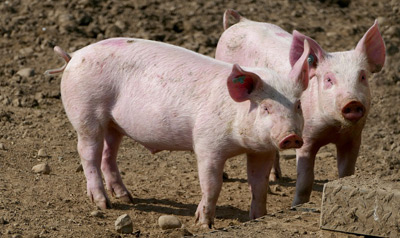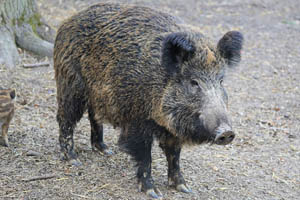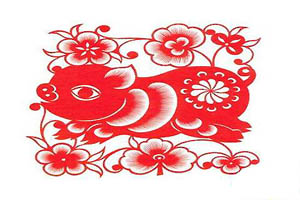 |
||||||
|
||||||
|
|||||||
|
|||||||
| Pig |
|||||||
While Pigs are often just known as a source of meat for eating, they are actually really amazing creatures. According to science the earliest wild pigs or boars appeared in the area of modern day south east asia around two million years ago. From there they spread across the world and were eventually hunted and domesticated by humans. But again their nose is very sensitive, so they definitely would not touch anything that is rotten or strongly poisonous. Their amazing sense of smell is also why they can be used not only to hunt for truffles, but also are sometimes used in customs to sniff for drugs and other illegal substances |
|||||||
|
|||||||
There are around one billion pigs alive on this planet in average, which means there are more of them than humans, but then again they do not live as long. A wild pig may live up to 8 years while domesticated pigs may live up to 20 years. Aside from their meat, humans also like to make brushes from their hair and leather from their skin. Pig skin is actually very similar to human skin, which is why it is used for medical studies to test the effects of drugs on human skin. It can even be used to be transplanted on humans – for example for people who have severely burned skin. In Germany, Pigs and especially Piglets are considered a good luck charm, which is often seen around the time of New Year’s Eve. There is also the expression “Schwein haben” (to have a pig) which is used if someone got lucky. The origin of this is disputed, but the most reasonable explanation is that in times of disaster one was considered really lucky if they still had a pig. |
|||||||
|
|||||||
In the Chinese zodiac, the Pig is the last of the twelve animals. This is because when the Jade Emperor – who is a godlike Immortal from the Daoist religion – called for the animals to race to him to become animals of the zodiac, the Jade Emperor already wanted to decide on 11 zodiac animals, when suddenly he heard a squeek and the pig came in. It had stopped on the road to eat and have a nap, therefore it came last. But as it did still make it, the pig is considered the luckiest of the 12 animals of the zodiac. The Chinese also consider the chubby faces and big ears of pigs a sign of luck, aspects which are also considered lucky on people’s faces. People born in the year of the pig are considered to be very diligent and they go through with something once they start it. Even though they hardly seek other’s help by themselves, they are very compassionate and will always lend a hand. But they are not good at sensing trickery and too generous so they often end up getting cheated by others. Generally they are very good to get along with as they are honest, gentle and warmhearted – although they sometimes tend to have a short-temper and get easily annoyed. |
|||||||
Size: 90-180cm |
|||||||
| return to top |


